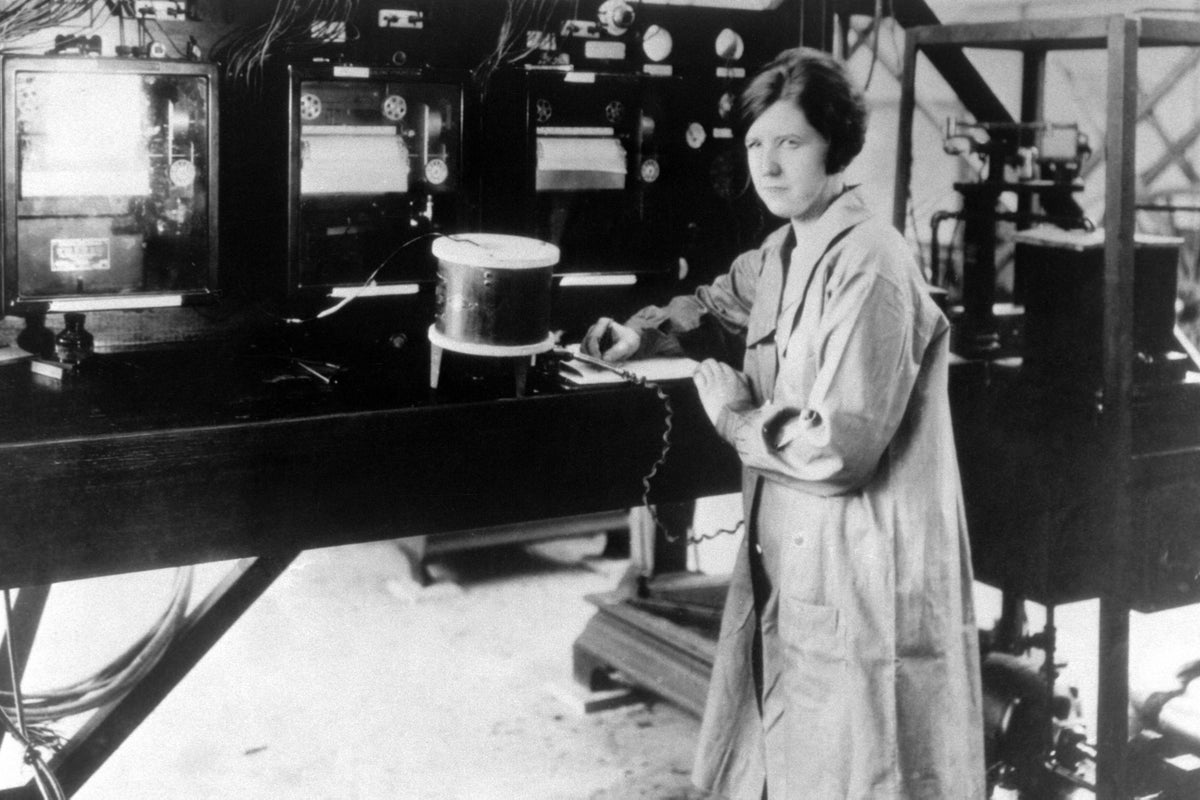Despite strong regulations and robust international safeguards, authorities routinely interdict nuclear materials outside of regulatory control. Researchers at the Department of Energy’s Oak Ridge National Laboratory are exploring a new method that would give authorities the ability to analyze intercepted nuclear material and determine where it originated.
Their findings were recently published in the Journal of Nuclear Materials.
The work is part of a multi-laboratory research venture investigating whether it is possible to intentionally add forensic signatures—called “taggants” or “dopants”—to nuclear fuels. Similar to how sulfur added to natural gas aids in quick identification of gas leaks, tagged nuclear materials found outside of regulatory control could be rapidly analyzed to support provenance determination.
“The technical nuclear forensics community is dedicated to understanding where materials outside of regulatory control originated and how long they have been outside of regulatory control,” said Ashley Shields, a computational chemist in ORNL’s Nuclear Nonproliferation Division. “This information is key for law enforcement investigations.”
While the broader research venture is concerned with whether taggants can be added in a way that fuel fabricators can produce, without compromising safety or performance, the ORNL team is looking at the materials that occur early in the nuclear fuel cycle to determine when—if at all—a taggant could be added to provide a novel, measurable signature throughout the fuel cycle.
“As part of our research, we synthesize tagged materials and analyze whether the taggant changed the original material’s properties in a way that we can clearly attribute to the presence of the tag,” said Tyler Spano, a nuclear security scientist at ORNL and the publication’s lead author.
By studying the physiochemical behavior of the taggants and how they persist—or don’t—during relevant chemical processing, the team hopes to identify effective forensic taggant materials.
The research, which was highlighted by the Nuclear Forensics International Technical Working Group as a notable publication, represents a step toward understanding the feasibility of intentional nuclear forensics and, ultimately, the ability to determine the provenance of nuclear materials found outside of regulatory control.
More information:
Tyler L. Spano et al, Structural features of early fuel cycle taggant incorporation for intentional nuclear forensics, Journal of Nuclear Materials (2023). DOI: 10.1016/j.jnucmat.2023.154787
Citation:
Uranium science researchers investigate feasibility of intentional nuclear forensics (2024, June 27)
retrieved 28 June 2024
from https://phys.org/news/2024-06-uranium-science-feasibility-intentional-nuclear.html
This document is subject to copyright. Apart from any fair dealing for the purpose of private study or research, no
part may be reproduced without the written permission. The content is provided for information purposes only.




















Discussion about this post